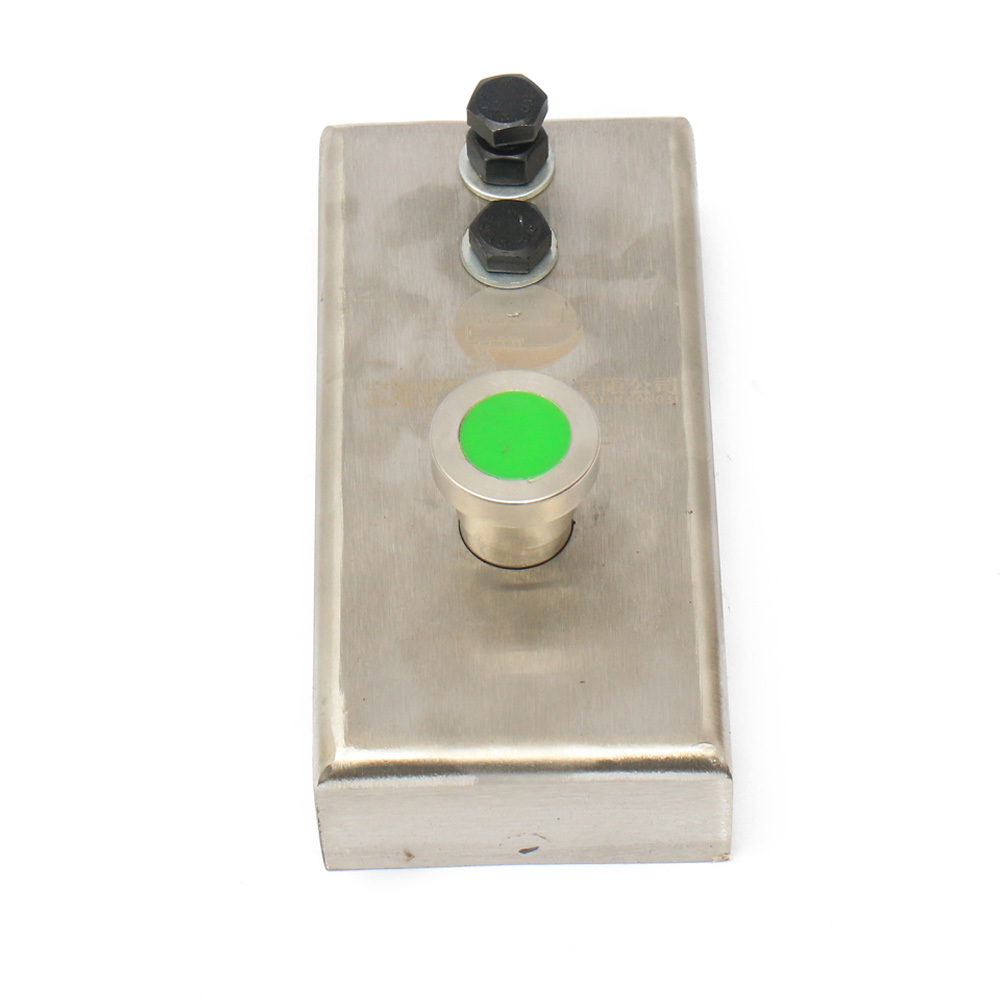How Formwork Magnets Enhance Efficiency in Construction Projects
How Formwork Magnets Enhance Efficiency in Construction Projects Table of Contents Introduction Understanding Formwork Magnets Benefits of Using Formwork Magnets in Construction Application and Installation of Formwork Magnets Comparison with Traditional Formwork Methods Safety and Regulatory Standards The Future of Formwork Magnets in Construction Frequently Asked Questions Con
How Formwork Magnets Enhance Efficiency in Construction Projects
Table of Contents
- Introduction
- Understanding Formwork Magnets
- Benefits of Using Formwork Magnets in Construction
- Application and Installation of Formwork Magnets
- Comparison with Traditional Formwork Methods
- Safety and Regulatory Standards
- The Future of Formwork Magnets in Construction
- Frequently Asked Questions
- Conclusion
Introduction
The construction industry is continually evolving, driven by the need for greater efficiency and cost-effectiveness. One of the most notable innovations that have emerged in recent years is the use of **formwork magnets**. These magnetic tools are redefining how construction teams approach concrete pouring and formwork assembly. By enhancing speed, reducing labor costs, and ensuring superior quality, formwork magnets are becoming essential for modern construction projects. In this article, we will explore how formwork magnets enhance efficiency, the benefits they offer, their applications, and what lies ahead for this game-changing technology.
Understanding Formwork Magnets
Formwork magnets are specifically designed to hold formwork panels securely in place during concrete pouring. Made from high-energy magnets, they provide a robust and reliable method of securing formwork without the need for cumbersome clamps and supports. Their primary components include:
Types of Formwork Magnets
1. **Flat Magnets**: Ideal for large surface areas, these magnets provide a strong hold for flat formwork applications.
2. **Corner Magnets**: Perfect for securing corners and joints, ensuring that formwork remains aligned during the pouring process.
3. **Adjustable Magnets**: These versatile magnets offer flexibility, allowing for adjustments in positioning as needed.
How They Work
Formwork magnets utilize magnetic force to attach to steel formwork panels. When placed on the surface, they create a strong bond that holds the panels in position, eliminating the need for traditional securing methods. This magnetic connection not only speeds up assembly but also reduces the risk of misalignment, which can lead to structural weaknesses in the finished product.
Benefits of Using Formwork Magnets in Construction
The integration of formwork magnets into construction projects offers numerous advantages. Here are some of the key benefits:
1. Enhanced Efficiency and Speed
Formwork magnets significantly reduce the time required to set up formwork. The magnetic attachment allows for quicker assembly and disassembly, enabling construction teams to maintain tight schedules and meet project deadlines. This increased speed translates to lower labor costs and improved productivity.
2. Cost-Effectiveness
By minimizing labor hours and reducing material waste, formwork magnets contribute to overall cost savings. The streamlined setup process means that fewer workers are needed on-site, and the reduction in errors leads to less rework, ultimately saving money on both labor and materials.
3. Improved Quality and Precision
The use of magnets ensures that formwork remains stable and correctly aligned throughout the pouring process. This stability is crucial for achieving high-quality concrete finishes and structural integrity. As a result, projects completed with formwork magnets often exhibit better surface finishes and fewer defects.
4. Increased Safety
Traditional formwork methods can pose safety risks, especially when using heavy materials and complex assembly techniques. Formwork magnets eliminate the need for extensive scaffolding and ladders, reducing the chances of accidents on-site. With fewer components to manage, workers can focus on their tasks with greater safety.
5. Versatility and Adaptability
Formwork magnets can be used across various construction applications, from residential buildings to large commercial projects. Their adaptability allows them to be employed in different configurations, making them suitable for a wide range of formwork systems.
Application and Installation of Formwork Magnets
Integrating formwork magnets into your construction workflow begins with understanding their application and installation process.
Installation Process
1. **Preparing the Surface**: Ensure that the steel formwork panels are clean and free from debris.
2. **Positioning the Magnets**: Place the magnets at appropriate intervals along the formwork panels, ensuring they are evenly distributed for optimal support.
3. **Securing the Formwork**: Once positioned, the magnets will hold the panels in place, allowing the construction team to proceed with pouring the concrete.
Common Applications
Formwork magnets are ideal for various construction applications, including:
- **Wall System Installation**: Perfect for erecting walls quickly without the need for extensive support.
- **Column Formwork**: Efficient for creating columns, where precision and alignment are critical.
- **Slab Formwork**: Suitable for horizontal surfaces, enabling seamless pouring and finishing.
Comparison with Traditional Formwork Methods
To appreciate the advantages of formwork magnets, it is essential to compare them with traditional formwork methods.
Traditional Methods
Traditional formwork systems often rely on a combination of clamps, props, and ties to secure panels. This approach can be time-consuming and labor-intensive, often requiring multiple teams to manage the setup. The need for tools and additional materials increases costs and the potential for errors.
Formwork Magnets vs. Traditional Methods
- **Setup Time**: Formwork magnets allow for a rapid setup compared to traditional methods, which can take hours to assemble.
- **Labor Costs**: Fewer workers are needed on-site with magnetic systems, reducing overall labor costs.
- **Precision**: Magnets provide a more reliable and stable hold on formwork, ensuring better alignment and quality.
Safety and Regulatory Standards
Ensuring safety on construction sites is paramount. Formwork magnets adhere to various safety and regulatory standards, which helps mitigate risks associated with concrete pouring.
Compliance with Regulations
Formwork magnets must comply with industry regulations that govern construction safety. Manufacturers often provide certifications that attest to the strength and reliability of their products, ensuring that they meet or exceed safety standards.
Training and Best Practices
Proper training for workers using formwork magnets is crucial. Implementing best practices ensures that teams understand how to use these tools effectively, maximizing their benefits while maintaining safety protocols.
The Future of Formwork Magnets in Construction
The construction industry is moving towards more innovative solutions, and formwork magnets are at the forefront of this evolution. As technology advances, we can expect several trends and developments in this area:
Integration with Smart Technology
The future may see formwork magnets integrated with smart technology, allowing for real-time monitoring of formwork stability and alignment. This feature could enhance quality control and further streamline construction processes.
Increased Adoption Across Sectors
As more construction companies recognize the benefits, the adoption of formwork magnets is likely to increase across various sectors. From residential to commercial and infrastructure projects, these tools are set to become standard practices.
Frequently Asked Questions
1. What are formwork magnets made of?
Formwork magnets are typically made of high-energy neodymium magnets, which offer strong magnetic holds suitable for construction applications.
2. Can formwork magnets be reused?
Yes, formwork magnets are designed for multiple uses and can be reused across various projects, providing cost savings over time.
3. How do formwork magnets perform in adverse weather conditions?
Formwork magnets are engineered to withstand various weather conditions, ensuring reliable performance even in challenging environments.
4. Are there weight limits for formwork magnets?
Formwork magnets come with specific weight ratings, and it’s essential to select the appropriate magnets based on the application to ensure safety and effectiveness.
5. How do formwork magnets compare in cost to traditional methods?
While initial costs may be higher for formwork magnets, the long-term savings in labor and material costs often make them a more economical choice over time.
Conclusion
Formwork magnets are revolutionizing the construction industry by enhancing efficiency, safety, and cost-effectiveness. Their ability to streamline workflows and improve quality makes them indispensable in modern construction projects. As we look towards the future, the integration of advanced technology and increased adoption of formwork magnets will undoubtedly lead to further innovations in the industry. Embracing this technology not only positions construction companies for success but also paves the way for a safer, more efficient future in building.
MORE
14 Jul,2025
The Marvel of Precast Magnets: A Game Changer in Construction
Discover how Precast Magnets revolutionize the construction industry, enhancing efficiency and precision.
DETAILS
13 Jul,2025
How Formwork Magnets Enhance Efficiency in Construction Projects
How Formwork Magnets Enhance Efficiency in Construction Projects
Table of Contents
Introduction
Understanding Formwork Magnets
Benefits of Using Formwork Magnets in Construction
Application and Installation of Formwork Magnets
Comparison with Traditional Formwork Methods
Safety and Regulatory Standards
The Future of Formwork Magnets in Construction
Frequently Asked Questions
Con
DETAILS

